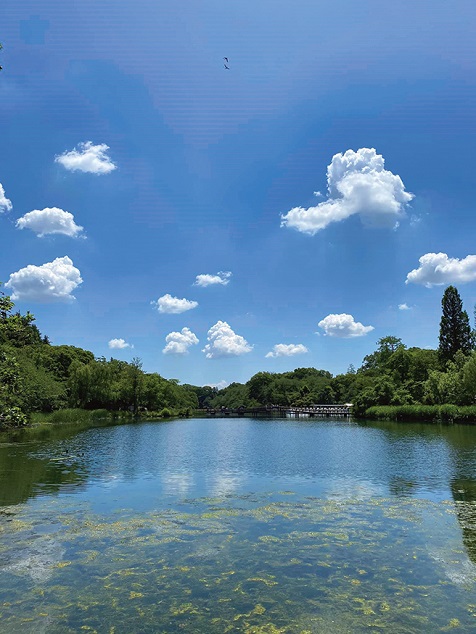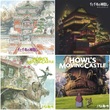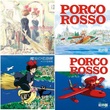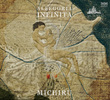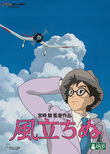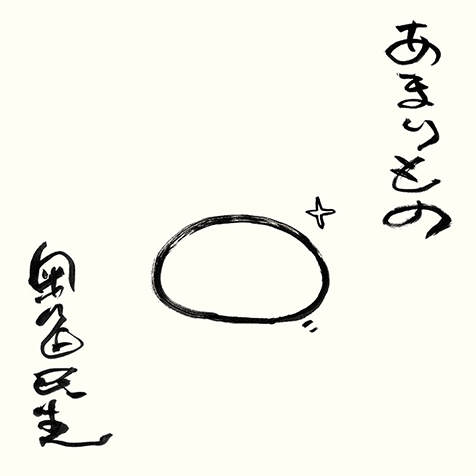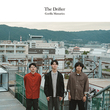Cities in silence, resuscitation of nature.
After long absence, my recent visit to Inokashira Park found water of the pond cleaner and transparent. Nitella mirabilis var. inokasiraensis, a kind of algae, considered to be extinct, has sprouted in years of conservation. The more they grow, the cleaner the pond becomes. If you look into the pond carefully, you will see clusters of Nitella mirabilis var. inokasiraensis inhabited like groves and bubbles of oxygen exhaled from them. Their appearances somehow reminded me of the world rendered in the works of Studio Ghibli.
There is a research by an archeologist, Patrick Kirch, comparing the civilization of three Pacific islands of large, medium, and small sizes. The smallest island, Tikopia, still maintains a living from 3,000 years ago, but civilization has gone in mid-sized island, Mangaia. And the largest, Tonga islands has successfully developed and maintained a constitutional monarchy until now. The key of the survival of civilization rested on conservation of natural resources. The smallest island has the tradition of forest conservation based on a grass-root support of residents, and the largest has the mandate to implement forest conservation by the monarchy. It is very interesting Kirch’s remark that the annihilation of civilization occurred only in mid-sized islands because of neither of above two options available. The books of Jared Diamond such as Collapse: How Societies Choose to Fail or Succeed, Guns, Germs, and Steel: The Fates of Human Societies have accumulated evidences that show what happened when civilization collapsed. The reason why a handful number of Spanish invaders landed on the new continent was able to wiped the civilization momentarily, is concluded as the pandemic spread among inhabitant of the new continent who has no immunity to the epidemic brought by these Spanish. This is also the exhibit of the transportation of the epidemic through the global commerce.
As music is interrelated with society, the epidemic is linked to the economy. Delving into the world history leads us to evidences that in the past many kinds of epidemic drove mankind to crises and each time mankind improved how economy worked. The COVID-19 confined inside the animals which have immune system to it and live away from human society, is alleged to have been spread from people to people, by the people. The expansion in the range of transportation of people followed by the growth of global economy triggered the epidemic to bring the balance in the nature. Although Spanish flu 100 years ago and the plague in 14th century is frequently compared to it, as a matter of fact, the history tells us the scale of the damage from these two epidemics was quite small to provoke the revolutionary change of civilization. Rather, the real-time networking to unveil the number and the whereabout of the infected today in the world instantly to the other side of the world, is the first experience in history of civilization. Once infected with COVID-19, the function of the human immune system injures the lung and veins. Overreactions of the immune system risk our life more than the virus does. Now the body and the society faces a common problem. As the most people intuitively understand, the consequence was predictable to happen, in a sense.

